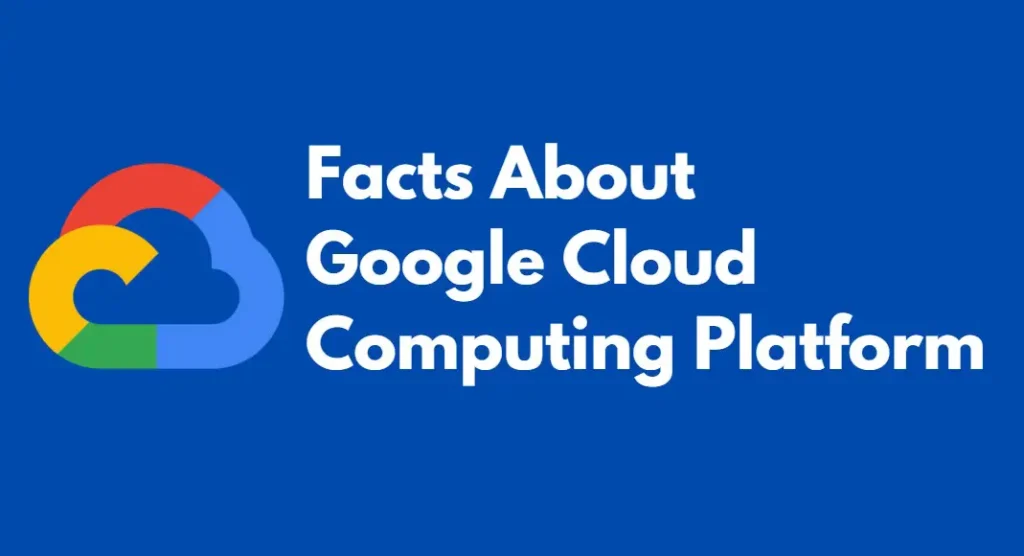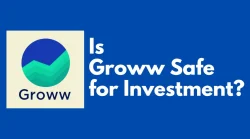Facts Everyone Should Know About Google Cloud Computing Platform
Imagine being able to access the power of Google’s data centers from anywhere in the world. That’s why the Google cloud computing platform provides the ability to access the tools you need to run your business, without the hassle of setting up and maintaining your own infrastructure.
Of course, making the switch to a cloud-based platform can be a daunting task. But with the right partner, it doesn’t have to be.
Let’s explore some of the benefits of the Google Cloud Platform and introduce you to some of the best partners who can help you make the switch.
Understand the Google Cloud Platform
Google Cloud Platform is a suite of cloud services that lets you build, deploy, and manage applications on Google’s infrastructure. You can use it to host your website, store data, or run your business.
Tools of the Trade in Google Cloud Platform
The Google Cloud Platform has a suite of powerful tools to help you get your work done. Tools like Compute Engine, Cloud Storage, App Engine, and more.
Compute Engine Tool
- Compute Engine gives you the ability to create and run virtual machines on Google’s infrastructure. These VMs can be used for anything from development and testing to running your entire business. You are in complete control of your VM, and you can choose the operating system, hardware configuration, and software that best fit your needs.
Cloud Storage Tool
- Cloud Storage is a storage platform that let you store files and folders in the cloud. You can use Cloud Storage to store data for websites and apps, back up your data, or process big data sets. It is easy to get started with Cloud Storage, and you can create a bucket (a container for your files) in minutes.
Different Types of Google Cloud Storage
Google Cloud Storage comes in different types, so you can choose the one that fits your requirements.
Block Blob Storage
- The first is Block Blob Storage, which is great for storing large amounts of data, such as videos and images. It is also durable and redundant, meaning your data is stored across multiple servers and locations to ensure its safety.
Object Storage
- The second type of storage is called Object Storage, which is perfect for storing small files that need to be accessed frequently. This storage type is also very durable and redundant, making it a great choice for mission-critical data.
Tape Storage
- Finally, there is Tape Storage which is a great option for long-term storage. Tape Storage can be used to store data for up to 10 years or more, making it perfect for archiving purposes.
Setting Up a Google Cloud Console
When you are ready to get started with your Google Cloud project, the first step is setting up a GCP Console. To do this, you will need to log in and register for a Google cloud account and then create a project.
Once you have your project set up, it is time to decide which type of cloud computing resources and services you need for your application or workload. You can use the GCP Marketplace to explore and compare different types of service options depending on what kind of projects you are working on.
You can also view a list of all the available cloud services by using the GCP Console dashboard. This is a great way to explore the different types of computing and storage options available, as well as browse existing applications or workloads. The console also allows you to set up authentication, so that only authorized individuals have access to your cloud environment.
Setting up a Google Cloud Console is an essential first step if you are planning on taking advantage of all the powerful features that Google Cloud has to offer. With this setup in place, you will be ready to dive right in.

Accessing and Using Google Cloud Applications
Once you have signed up for the Google cloud computing platform, you can start accessing and using all of its applications. These range from productivity tools like Gmail and Docs to business applications such as BigQuery and Cloud Storage. You can also use Google’s APIs and services to create custom applications.
The platform also allows you to manage your resources with Google’s IA Manage service. This includes creating virtual machines, managing networks, Containers, and more. With this power comes great responsibility! Make sure you are familiar with the terms and conditions of their services before using them.
It is really easy to get started on the Google Cloud Platform, but there are still some complex steps that require a bit of technical knowledge. That is why it is important for businesses to understand the benefits of cloud computing before diving in head first.
Implementing the Google Cloud Application in Your Business Environment
Now let’s look at how you can implement Google Cloud in your business environment. The great thing about Google Cloud is that it can be used to quickly and easily deploy applications. Just select the type of application that you want to deploy, and then you are ready to go.
Once you have figured out how to deploy the application, Google Cloud will help you manage it in the background. All of your data is stored securely on Google servers and can be accessed from anywhere. This makes it incredibly easy to scale up your applications if needed and ensure maximum availability for your users.
Google Cloud also has tons of great features like predictive analytics and machine learning capabilities, so you can make sure that your cloud environment is optimized for optimal performance. Plus, there are plenty of tools available for monitoring the performance of your applications, so you can stay on top of any issues that arise.
Final Note
Is Google Cloud Platform the right choice for your organization? The answer is it depends. Cloud computing is a complex and rapidly evolving field. There are many different providers, and each has its strengths and weaknesses.
Do your research, compare providers, and ask lots of questions. Then make the decision that is best for your business. With the power of the Google cloud computing platform at your disposal, you can’t go wrong.























